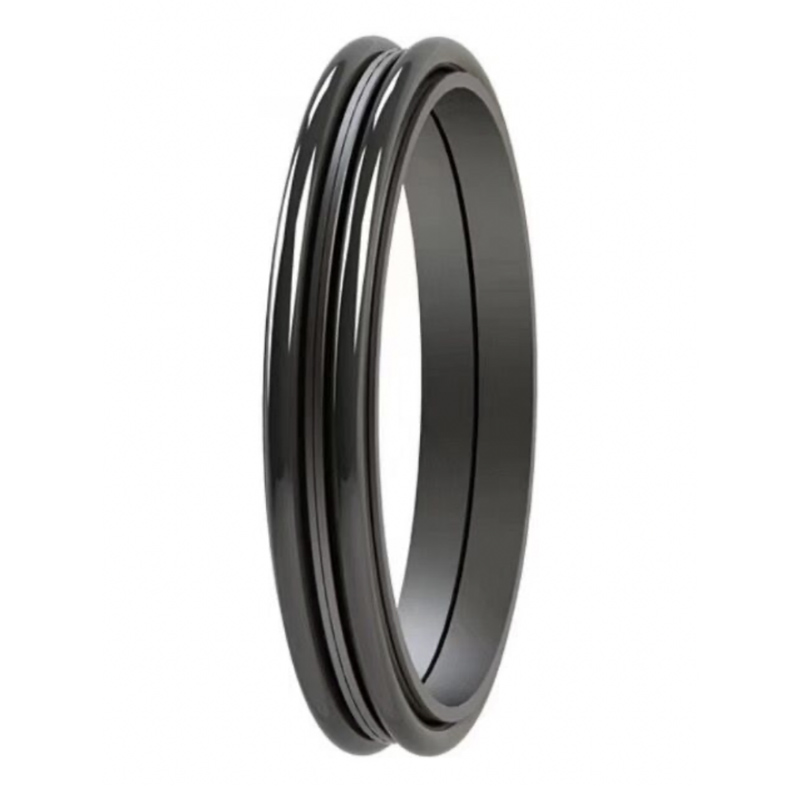Mechanical seals, also called end seals, have reliable performance, small leakage, long service life, low power consumption, do not need frequent maintenance, and can adapt to the automation of production processes and high temperature, low temperature, high pressure, vacuum, high speed and a variety of strong corrosive media, solid particles containing media and other demanding working conditions of mechanical seals requirements, such as centrifugal pumps, centrifugal machines, reactors and compressors and other equipment.

Mechanical seals
The end gap between the static and dynamic ring contact of the machine seal is the main sealing surface, which determines the key to the friction, wear and sealing performance of the mechanical seal, as well as the service life of the mechanical seal. The dynamic ring is axially free to move by spring loading to maintain contact with the static ring (Seat). The axial mobility allows automatic compensation for wear, eccentricity and thermal displacement of the shaft. the O-ring acts as an auxiliary seal and can act as a radial seal and cushion so that the entire seal does not make rigid contact in the radial direction. At rest, the grinding surfaces of the dynamic and static rings are in mechanical contact, but when the shaft rotates, complex frictional action occurs between the end surfaces and the fluid being sealed.
Post time: Jun-07-2023






